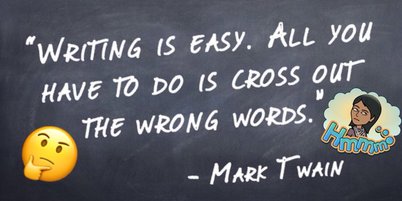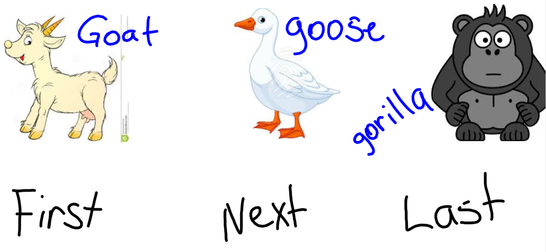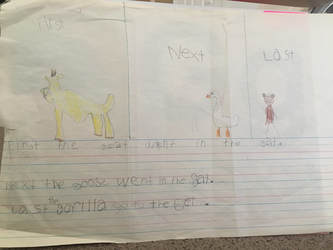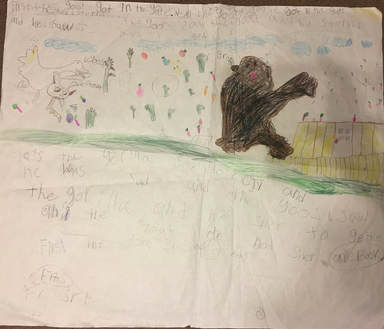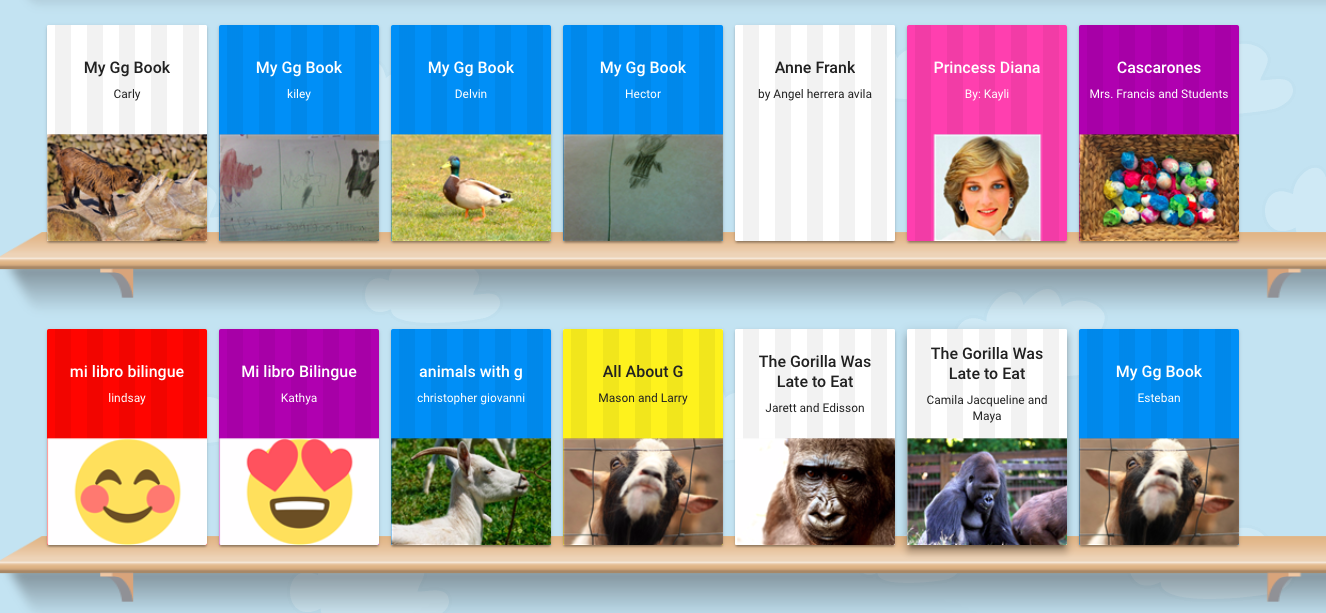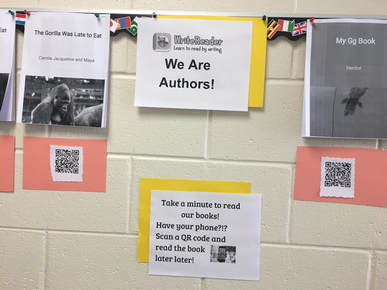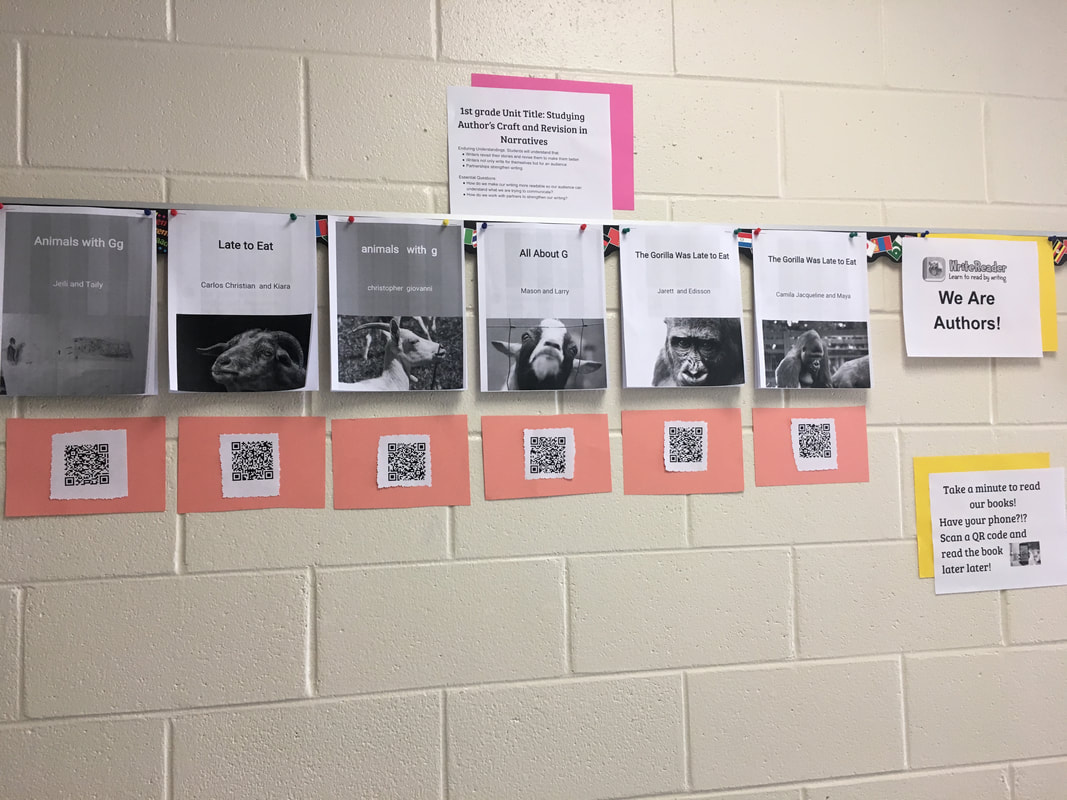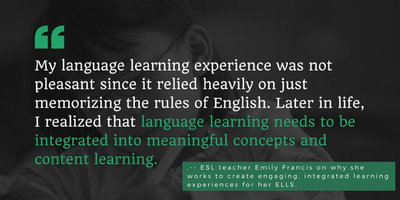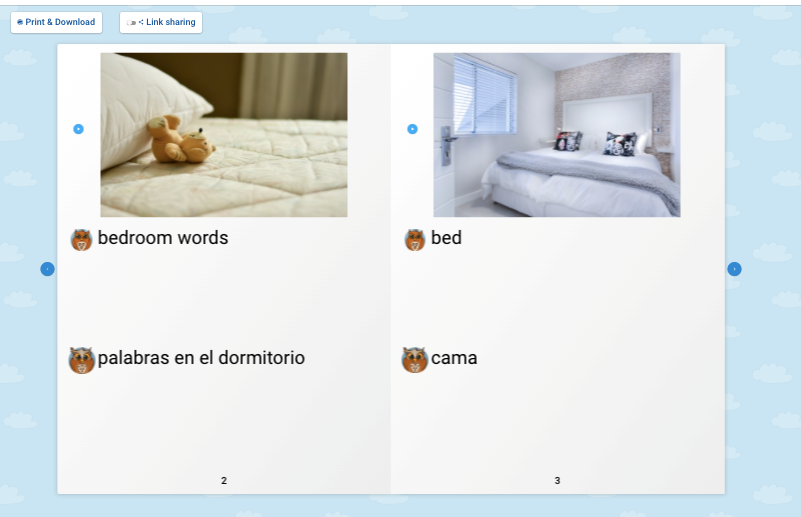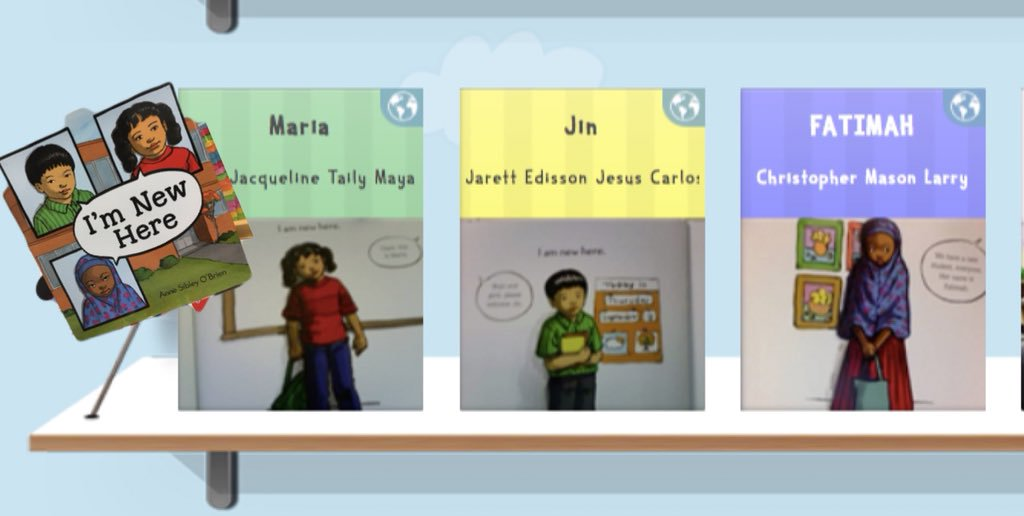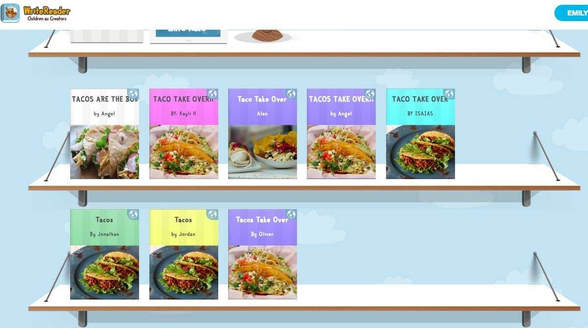|
This post was featured in achievethecore.org on June 22nd, 2018 With all due respect, Mark Twain, I don't think that's the case for English Learners (ELs). From an EL perspective, I can tell you that writing in English is not an easy task; As a matter of fact, there is a whole lot of crossing out when we do write! While administrating the annual English proficiency test, I realized that several of our Kindergartners and first-grade students were having a very difficult time during their writing part of the assessment. Kindergartners are expected to be writing at a sentence level and first graders are expected to be providing entire stories. It was very easy to sense the frustration my students were experiencing as they felt unable to provide the required written tasks. I immediately started thinking about ways to provide multiple opportunities that are authentic and meaningful to empower my students to end the school year strong in reading and writing. Simple Mentor Text to Fortify Output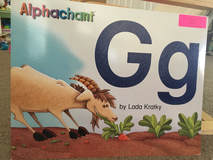 I thought about using a very simple mentor text that would provide all elements needed to ignite a retell written assignment for students. The objective was for students to be able to provide a retell written piece that would provide all the characters, a sequence of events, and complete sentences. I decided to use one of the books from our Alphachant Phonics K: Phonics Kit because we had already read it so they were familiar with the text. The story consists of only four sentences but mentions 3 characters, settings, and characters' feelings. After re-reading the text, I posted a slide with the three characters (in random order). Students volunteered to line them up in the correct order. They dictated the name corresponding to each character and I added it to the slide. We also learned the transitional words we needed to use in order to retell the story in the correct sequence. The purpose of adding these words collaboratively was for students to have these words as a support and resource during the written assignment. After adding the words to the slide, students turned and shared with their partner again; this time they had a lot more to discuss since they had the text on the slide as a guide. Drawing and WritingNow, the process for the writing was a little different for Kindergarteners than it was for first graders. I strongly believe in scaffolds and also free-write opportunities for students to feel free to just add text. This is how I differentiated writing for Kindergartners and first graders:
Adding Technology to our LessonIf you have not used WriteReader in your classroom...look into it right NOW! My students LOVE this app! The fact that they can become authors of their own stories fascinates them. This is a very user-friendly up that allows you to create a class and it is easily accessed by students. When students finish publishing their book, they can share with the class and/or read each other's book. Creating our digital books was not hard since students already had the information they needed on their charts/sheets. When it came to their illustrations, they had two choices: take a picture of their drawing or search for an appropriate image using the search feature embedded in the app! Sharing Our Work!
Our books displayed in the hallway for ALL to see!Thank you for reading!
0 Comments
**This post appeared originally in www.achievethecore.org on April 17, 2018.** 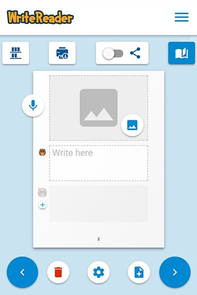 All teachers possess philosophies and theories that emerge as they teach students in the classroom. These philosophies shape the teacher’s choices on how learning occurs and at what rate. The philosophy and the strategies I employ in my classroom are based on my personal experiences as an English Language Learner (ELL) myself. I came to the United States at the age of 15. I experienced culture and language shock that hindered my education. My language learning experience was not pleasant since it relied heavily on just memorizing the rules of English. Later in life, I realized that language learning needs to be integrated into meaningful concepts and content learning. This realization coupled with my own personal experiences as an ELL inspires me and motivates me to create lessons for my ELLs that are going to bring the best out of them for all to see. As an English as Second Language (ESL) teacher, my primary goal is to teach English to students whose dominant form of communication is in a language other than English. However, what I teach and how I teach it is what will inspire them to greatness. Now, in order to provide meaningful and compelling lessons for my ELLs, I need student-friendly and user-friendly resources...and www.writereader.com is exactly what I need. This app provides a platform where students create and publish their own books using their creativity and imagination. Within each page, students can add text, voice, and an image added from the search bank or upload own images! What I love most about this platform is the teacher’s writing section. This adult writing field can be used to provide feedback, transcribe, and/or translate. In Boosting Achievement: Reaching Students with Interrupted or Minimal Education by Carol Salva and Anna Matis, I learned that as educators, we need a common understanding of Culturally Responsive Teaching (CRT) in order to establish a comfortable and interactive environment for ELLs for optimal language learning and academic achievement. So, I found that Valentina Gonzalez provides a very clear definition in her MiddleWeb post stating that CRT is teaching that takes the experiences and assets of the students and uses them to enrich the curriculum. Hence, based on this research and with the help of WriteReader, we are able to create the best learning experiences where language and content go together. Digital Glosaries
In order to support their language learning, we use Words Their Way with English Learners. This word study program provides my ELLs with phonics, vocabulary, and spelling practice with the support of wonderful images. However, for my students to achieve a high level of English proficiency, they need opportunities for language acquisition. So instead of densely focusing on word lists, we use WriteReader to interact with the language in an oral and written way.
My students were super excited because they were taking ownership of their own learning and were engaged in authentic interaction with one another. These activities would be great for your students after teaching specific vocabulary words or when teaching sight words to your students. Interacting with the words and adding images to their words allows rapid comprehension and acquisition of the target language. Digital Books 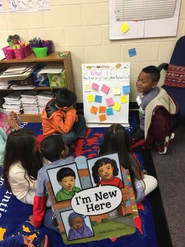
We began the activity by reading: I’m New Here by Anne Sibley O’Brien - A fascinating story of three immigrant students who are working hard to fit in at their new American school. Our characters experience struggles and confusions because of the language barrier. This is a great book that not only mirrors our students’ experiences but also provides a window for students to see and learn other cultures. 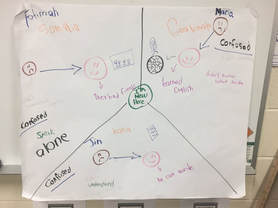 Brainstorm Chart Brainstorm Chart After reading the book, we brainstormed ideas on how we wanted to retell our learning and together we made our own word bank to support our writing. We decided to split into three groups to represent each character. Groups were created based on the character students wanted to write about. Students collaborated and worked very hard to create their book. Guidelines were to use transitional words - First, Next, Then, Last - and to tell how the character is feeling and why. Students published a book for each character: Fifth Grade - Tacos LessonWith my 5th graders, we read Taco Takeover from StoryWorksJr from Scholastics. In this article, students read all about the beginning and history of tacos taking over in the USA. This reading led to discussions about how to make tacos. Students started discussing the facts learned but also started discussing the topping they like on their tacos. Students wanted to write about their learning, but they also wanted to add their own personal touch. So, each student wrote their own book with facts adding their own knowledge of how to make tacos and what ingredients are needed. Read their published books: Tacos are the Bomb; Taco Takeover!!; Taco Take Over; Tacos; Tacos; The same high expectation I have for my students is the same high expectation I have for myself when it comes to providing effective and engaging lessons for my students. As you can see, English Language Learners can engage in high-level cognitive tasks as long as we provide the appropriate scaffolding and have a strong desire for them to be successful. Thank you for reading!
|
Categories
All
Archives
May 2024
|
